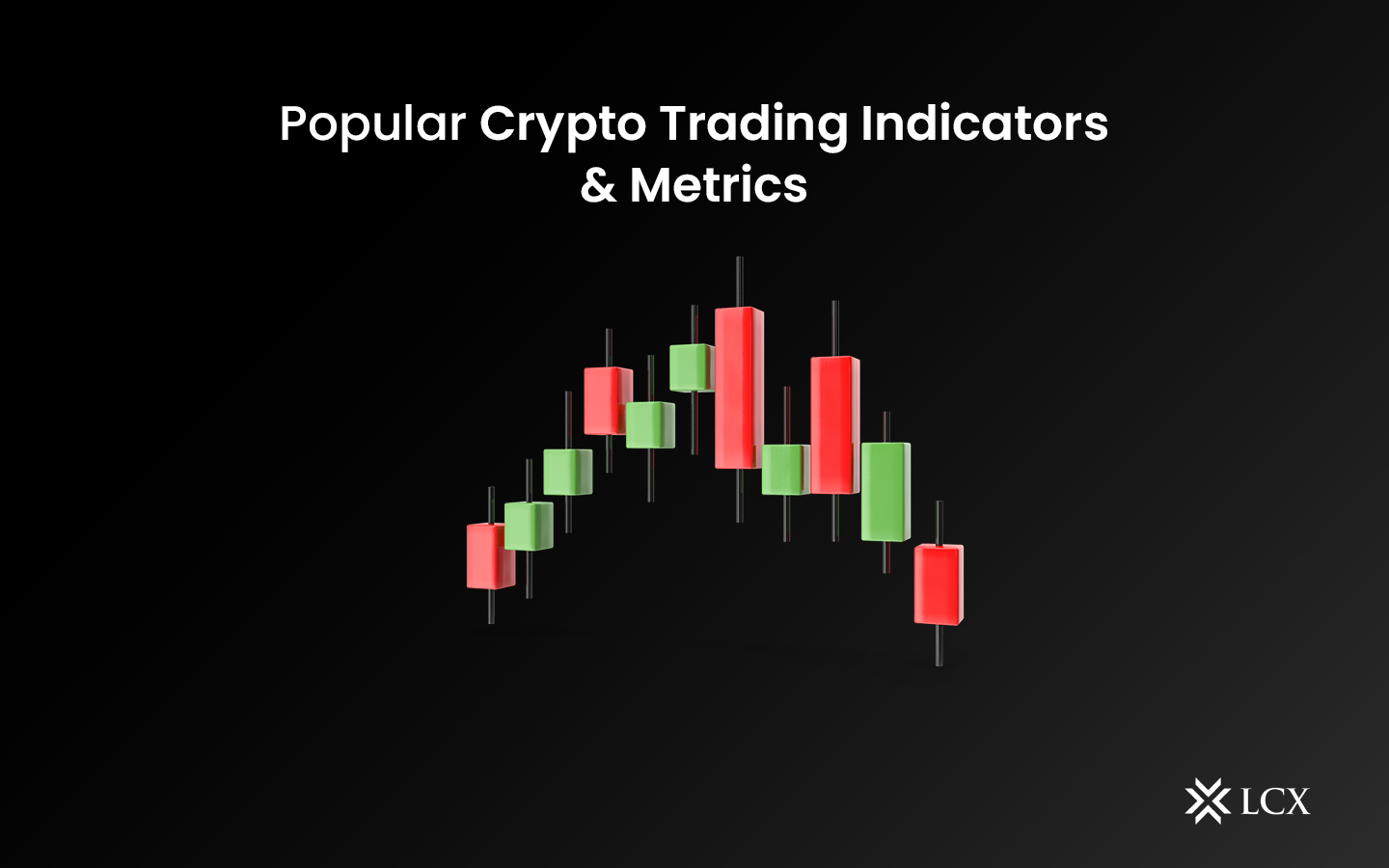Crypto trading is no longer a game of chance. It’s a game of strategy and patience. If you want to be a successful crypto trader, then it’s important that you know how to use the right indicators and metrics as well as when they should be used. So, here are some popular indicators that can help you make better decisions during your trades:
An indicator is a tool that helps you make decisions in the market. It can be used to measure different aspects of market activity, such as volume and price movements, and come up with an opinion about what’s going on.
The most popular indicators for crypto trading are Bollinger Bands, MACD, and RSI.
Moving Average Convergence Divergence (MACD)
Moving Average Convergence Divergence (MACD) is a trend-following momentum indicator that shows the relationship between two moving averages of prices. The MACD is a histogram that plots two exponential moving averages (EMAs) against each other.
The MACD line consists of three lines: the 12-day EMA, the 26-day EMA, and the 9-day EMA. When these lines cross at zero or below it indicates a bearish trend and vice versa for bullish trends
Relative Strength Index (RSI)
The Relative Strength Index (RSI) by J. Welles Wilder was introduced in the late 1970s. It measures momentum, or whether a asset is overbought or oversold, by comparing the closing price with its 50-day moving average. If the current price is within 10% of its 50-day moving average and has been trending upward for at least two days, then it’s considered to be an RSI reading above 70 degrees; otherwise, it’s below 70 degrees.
If there’s strong upward momentum on this indicator, it can point to an impending rally; however, once prices start falling off again below their averages—which will happen eventually if they’re not under pressure from other factors—they’ll probably continue declining until eventually breaking through old highs (the red line). In other words: don’t get too excited just yet!
To know more about RSI and how to calculate, Read here: LINK
Bollinger Bands
Bollinger Bands are a technical trading tool that can be used to determine the relative high and low of a crypto asset over a set period of time. The bands consist of an upper band (Upper Line), which is typically wider than the lower band; and two bottoms, one higher than the other by about 20-30% (Midpoint Line) in either direction from this midpoint line.
The center line is what determines where prices will always trade when using Bollinger Bands: if it’s below your centerline then prices will tend to go down, if it’s above your centerline then prices will tend to rise.
To better understand how bollinger bands work, read here: Bollinger Bands Indicator in Crypto Trading Explained – LCX
Stochastic Oscillator
The Stochastic Oscillator (SMO) is an indicator that measures the momentum of an asset and determines overbought and oversold levels. It does this by calculating the average of two moving averages, one slower than the other.
The Stochastic Oscillator was first developed in 1962 by Arthur Levitt and his co-researchers who were looking for a way to measure whether or not they had found a trading strategy that would outperform traditional methods like averaging or using Bollinger bands (a popular method at the time). While there are many different variations on this theme today, all share similar features:
- A long-term moving average (either exponential or simple)
- A short-term moving average
Exponential Moving Average (EMA)
Exponential Moving Average (EMA) is a moving average that gives more weight to the most recent data points. It works well as an indicator because it smoothes out price fluctuations and can be used as a trading signal. The EMA is also useful in conjunction with other indicators, such as the RSI or MACD, which allows you to get more accurate signals when there are sudden shifts in market prices.
Crypto Trading Metrics
Crypto trading metrics are used to make better trading decisions. For example, if you want to buy BTC but there is a high chance that the price will go down in the short term, then you might want to wait for some time until the price starts rising again before buying it.
Crypto trading metrics help measure the strength of currencies by comparing them with other currencies or assets., which are used as reference points when calculating their performance metrics such as Daily Returns vs Volatility Indexes (DVSI) over time periods ranging from one hour up until seven days long..
Conclusion
We hope that this article has helped you to understand the best crypto trading indicators and how they can be used to your advantage. You may have noticed that we haven’t suggested any specific indicators or metrics here, but these are the ones we’ve found most useful. LCX enables users to explore a wide range of metrics and indicators with integrated TradingView charts to help traders make informed decisions.









